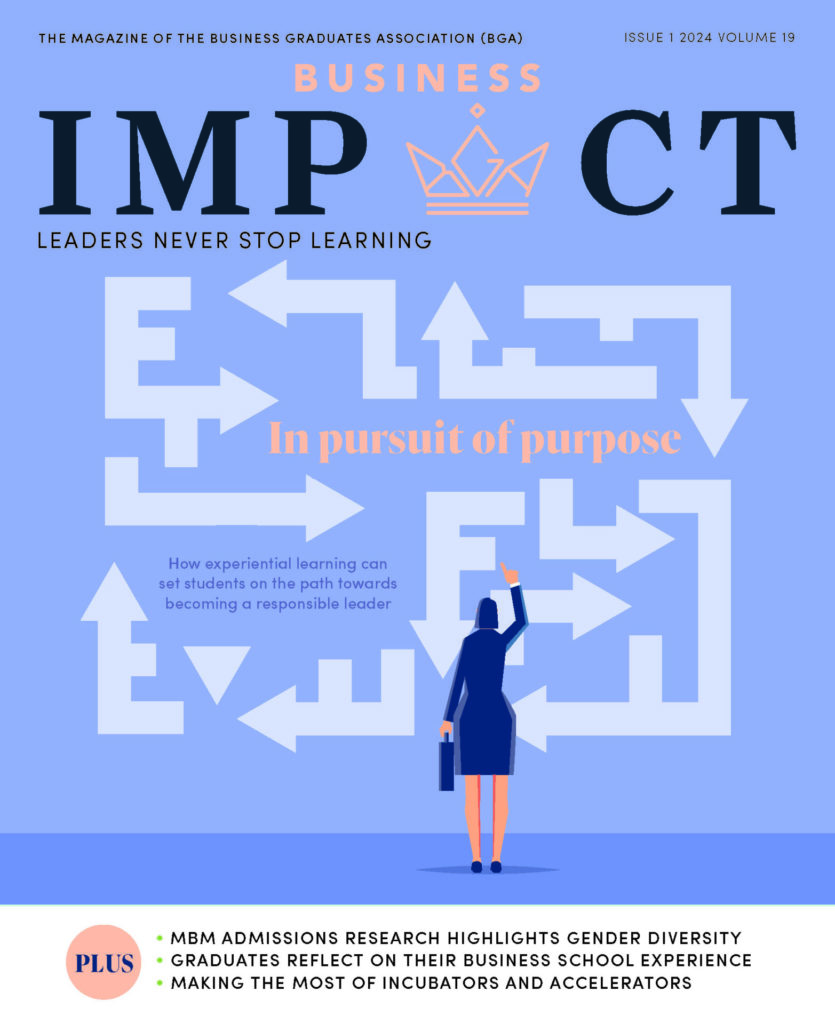
Improving lives through investment in development impact bonds
Development impact bonds are a promising financial tool that can improve the lives of those in need around the world, but measurement standards and guidance are needed to secure investors’ commitment. Woxsen University’s Disha Gupta and Kakoli Sen explain why, drawing on four case studies from India







